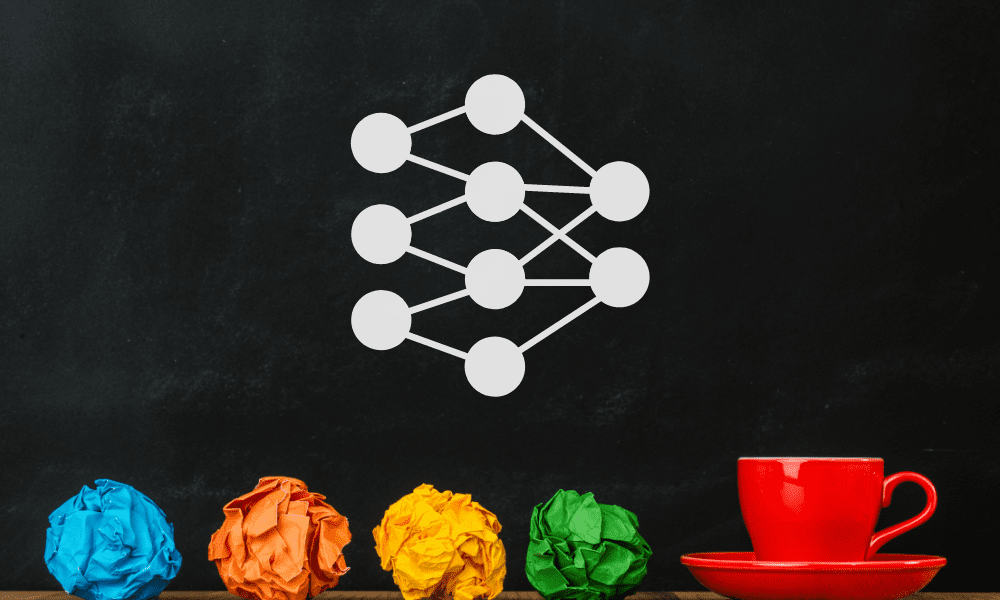The Importance of Permutation in Neural Network Predictions
Permutation plays a significant role in making neural networks work as expected and showing whether they provide valid results. Explore how it affects neural network predictions now.

Image by Editor
Permutations represent each of the possible ways to arrange groups of things or numbers. Permutation matters in math-centric disciplines, such as statistics, but it also impacts the predictions made by neural networks. Here’s a closer look.
Permutation can Determine Statistical Significance
Data scientists often find themselves in cases where they need to learn more about the population that serves as their source of information. Still, they must determine statistical significance. Running permutation tests is a practical way to get it when working with time-series data.
A permutation test estimates the population distribution. After getting that information, a data scientist can determine the rarity of observed values relative to the population. Permutation tests provide a sample of all possible permutations without replacing any values.
They also have high effectiveness, even with small sample sizes. Thus, permutation tests can help people determine whether their neural network model uncovered a statistically significant finding.
These tests can also help people determine how much they can trust a model’s results. Gauging accuracy can be extremely important, depending on the model’s use. People must have high confidence in a model’s performance before applying it to medical diagnoses or financing decisions.
Permutation can show which Data Set Features Factor into useful Predictions
Many neural networks rely on black box models. They’re incredibly accurate across a wide range of applications. However, it usually takes work to see predictors' impact on the ultimate predictions.
An option called permutation feature importance offers a way around that obstacle. It shows data scientists which data set features have predictive power, regardless of the model used.
Techniques for determining feature importance in a model allow people to rank predictors based on their relative predictive power. Random permutations come into play by showing whether a shuffling of features causes a decrease in a prediction’s accuracy.
Perhaps the reduction in quality is minimal. That indicates the relevant information associated with the original predictor did not have a major impact in generating the overall prediction.
People can continue ranking model predictors until they have a collection of values that show which features matter the most and least for generating accurate predictions. Data scientists can also use permutation feature importance to debug their models and get better insights into overall performance.
Permutation affects what Knowledge a Model provides
A good data scientist must always explore the details a model gives them and question the associated conclusions. Many professionals learned that mindset in grade school within STEM curriculums. The permutation is a necessary aspect of neural network predictions because it shapes what information the model does or doesn’t provide. Familiarity with permutations helps data scientists build and tweak the models their employers or clients want and expect.
Consider a case where a company needs a neural network model related to how customers click through websites. A decision-maker may want information about how many customers take specific routes through a site. The model must calculate permutations.
On the other hand, someone requesting the machine learning model might want to know about people visiting certain groups of pages on the site. Such insights relate to combinations rather than permutations. Narrowing down precisely what information a person wants from a neural network model helps determine the kind to use and to what extent permutations factor into it.
Plus, a neural network will give the best results when the training data set contains information relevant to the questions people want to answer. Google’s machine learning engineers are also working on so-called permutation-invariant neural network agents. When each of an agent’s sensory neurons receives input from the environment, it figures out the meaning and context in the moment.
That’s in contrast to assuming a fixed meaning. Research indicates that permutation-invariant neural network agents perform well even when models have redundant or noisy information.
Permutation Matters for Neural Network Accuracy and Relevance
These are just a few reasons why permutation plays a vital role in enabling neural networks to show the best possible performance for the given application. Understanding permutation’s impacts allow data scientists to build and work with models to get better results.
April Miller is managing editor of consumer technology at ReHack Magazine. She have a track record of creating quality content that drives traffic to the publications I work with.
